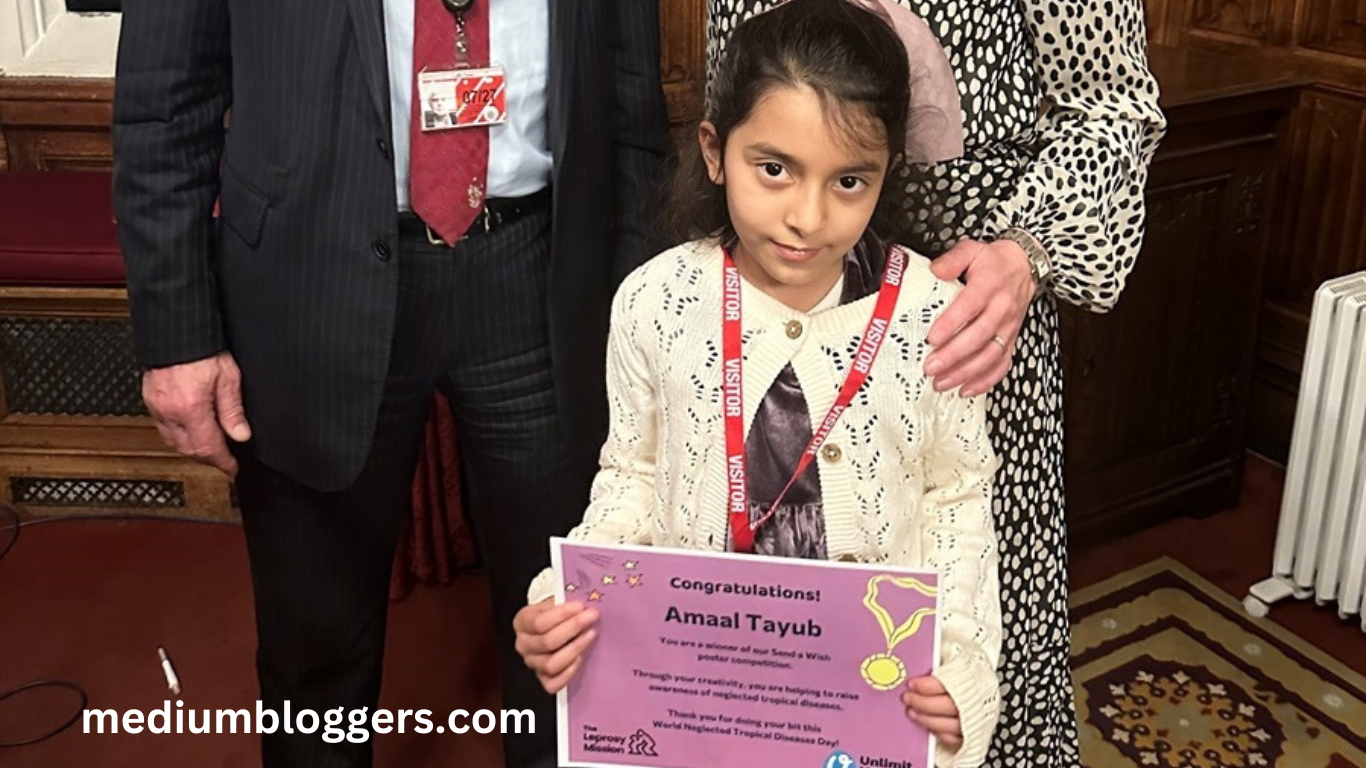Children from various schools have taken center stage in a parliamentary exhibition, using their creativity to highlight the impact of tropical diseases. Their posters, filled with vibrant colors and powerful messages, serve as an eye-opening representation of how these illnesses affect millions globally.
Art as a Tool for Change
With paintbrushes and markers, students illustrated the dangers of malaria, dengue, and neglected tropical diseases. Each poster conveys a unique perspective, demonstrating the importance of early detection, prevention, and community involvement. Lawmakers, health professionals, and visitors engage with these artworks, acknowledging their significance in shaping future policies.
Legislators Take Notice
Members of Parliament commend the initiative, expressing admiration for the depth of research and creativity displayed. Many emphasize the need for increased funding and policy interventions to combat tropical diseases. The posters spark discussions on strengthening healthcare infrastructure and improving accessibility to medical treatments.
Read More : US Lives at Risk as HHS Cuts Vaccine Grants, Experts Warn
Public Engagement and Education
The exhibition attracts a diverse audience, including educators, parents, and health advocates. Interactive sessions accompany the display, allowing children to explain their artwork and share their knowledge. This initiative bridges the gap between young minds and policymakers, reinforcing the role of education in public health awareness.
Future Implications
Encouraging children to participate in such initiatives fosters a sense of responsibility and activism. Their involvement in awareness campaigns highlights the potential of youth-driven advocacy. As tropical diseases continue to pose significant challenges, creative approaches like these contribute to sustained awareness and policy evolution.
Frequently Asked Questions
What is the purpose of the exhibition?
The exhibition aims to raise awareness about tropical diseases through children’s artwork, highlighting their impact and promoting discussions among policymakers.
Which diseases are featured in the posters?
The posters showcase diseases such as malaria, dengue, chikungunya, and other neglected tropical diseases.
Who participated in the exhibition?
School children from various institutions contributed their artwork to emphasize the significance of addressing tropical diseases.
How does this initiative impact public health policies?
Lawmakers take inspiration from the children’s messages, leading to discussions on funding, healthcare improvements, and disease prevention strategies.
What role do children play in raising awareness?
By creating informative and artistic posters, children help educate communities and policymakers about the importance of disease prevention and treatment.
How can the public engage with the exhibition?
Visitors can view the artwork, participate in interactive sessions, and listen to children explain their posters and research.
What has been the reaction of policymakers?
Many legislators appreciate the initiative and express support for increased efforts in combating tropical diseases.
Will this exhibition lead to concrete actions?
The awareness generated may encourage policymakers to prioritize tropical disease prevention, increase healthcare funding, and implement stronger policies.
Conclusion
The kids’ poster exhibition in Parliament is a powerful initiative that merges creativity with advocacy, bringing attention to the challenges posed by tropical diseases. By engaging young minds and lawmakers, the event fosters meaningful discussions and potential policy improvements. Encouraging children to use their voices in public health awareness can create lasting change, reinforcing the importance of education and community involvement in tackling global health issues.


